Sony Cyber-shot DSC-RX10 IV
Rated 3.67 out of 5 based on 3 customer ratings
$1,217.99
Capture incredible images with the Sony Cyber-shot DSC-RX10 IV, a powerful bridge camera with incredible features and a 25x optical zoom lens.
Description
The Sony Cyber-shot DSC-RX10 IV digital camera is a high-end camera that is perfect for anyone who wants to take professional-quality photos. With its 20.1-megapixel 1-inch sensor, it can capture stunningly detailed images that will impress even the most discerning photographers.
One of the standout features of this camera is its fast autofocus system. Equipped with Sony’s Fast Hybrid AF system, it can focus on subjects in just 0.03 seconds, which makes it great for capturing fast-moving action shots. Additionally, the camera has 315 phase-detection AF points, which cover approximately 65% of the frame, meaning that you’ll be able to focus on your subject no matter where it is in the shot.
Another great feature of the RX10 IV is its impressive zoom lens. With a focal length range of 24-600mm, it can easily zoom in on distant subjects without losing any image quality. This makes it an ideal camera for wildlife and sports photographers who need to capture distant subjects without sacrificing detail.
With the RX10 IV, you can also capture stunning 4K video. The camera can record at up to 30 frames per second, and it has electronic image stabilization to help minimize camera shake when you’re shooting handheld. Additionally, the camera has a variety of professional-level video features, such as S-Log3/S-Gamut3 support, timecode, and more, which make it a great choice for filmmakers as well as still photographers.
Of course, no camera would be complete without a range of shooting modes and creative options, and the RX10 IV doesn’t disappoint in this regard. The camera has a range of shooting modes, from automatic to fully manual, and it also has a variety of creative modes such as high-contrast monochrome, miniature mode, and more. Additionally, the camera has built-in Wi-Fi and NFC, which allows you to quickly and easily transfer your photos and videos to your smartphone or tablet for sharing.
Overall, the Sony Cyber-shot DSC-RX10 IV is an incredible camera that delivers professional-level performance in a compact, easy-to-use package. Whether you’re a professional photographer or just someone who wants to take stunning photos and videos, the RX10 IV is definitely worth considering.
Digital Compact, CMOS, 1, 30-1/2000, 20.1 MP, Bluetooth, NFC, Wi-Fi, 1050g
Sony Cyber-shot DSC-RX10 IV properties
| Product name |
Cyber-shot DSC-RX10 IV |
| Type |
Digital Compact |
| Lens |
Integrated |
| Aperture (Lens data) |
F2.4-F4 |
| Focal Length |
24-600 |
| Ports |
HDMI, USB |
| Memory Cards |
MS Duo, MS Micro/M2, MS Pro, SD, SDHC, SDXC, microSD, microSDHC, microSDXC |
| Features |
Bluetooth, NFC, Wi-Fi |
| Viewfinder |
Electronic (EVF), LCD/OLED |
| Shutter Speed |
30-1/2000 bps |
| Continuous Drive |
24fps, 10fps, 3.5fps |
| Auto Focus |
Yes |
| AF points |
315 |
| Image Stabilization |
Yes |
| Manual Focus |
Yes |
| Optical Zoom |
25.0 x |
| Digital Zoom |
50.0 x |
| Max Picture Resolution |
5472×3648 pixels |
| Image File Format |
DCF, DPOF, EXIF, JPEG, RAW |
| Flash |
Built-in |
| Display Size |
3.0 “ |
| Display Resolution |
1440000 pixels |
| Max Video Resolution |
3840×2160 (4K) |
| Video resolutions (fps) |
3840×2160, 1920×1080 (240, 250, 480, 500, 960, 1000fps) |
| Video File Format |
AVCHD |
| Audio File Format |
PCM |
| Sensor Type |
CMOS |
| Sensor Format |
1 |
| Effective Pixels |
20.1 MP |
| Total Pixels |
21.0 MP |
| ISO Rating |
100/125/160/200/250/320/400/500/640/800/1000/1250/1600/2000/2500/3200/4000/5000/6400/8000/10000/12800/25600 |
| Weight |
1050.0 g |
Frequently Asked Questions:
How do I properly use the autofocus feature on my Sony Cyber-shot DSC-RX10 IV camera for capturing moving subjects?
To effectively use the autofocus (AF) feature of your Sony Cyber-shot DSC-RX10 IV camera when photographing moving subjects, follow these steps:
1. Select the appropriate AF mode - The RX10 IV offers various AF modes to suit different shooting situations. For moving subjects, select 'Continuous AF/A' (AF-C) mode. This mode allows the camera to continuously focus on a subject as it moves around the frame. Use the right focus area - Select the appropriate focus area according to your subject's movement patterns. The RX10 IV offers multiple focus area options, including Flexible Spot, Zone, and Wide. For moving subjects that are unpredictable or erratic in their movement, use Flexible Spot AF, which allows you to select a specific point on the screen to focus on. If your subject is predictably moving in one direction, use Zone AF, which lets you select a zone where the camera will continuously focus. Set the AF tracking sensitivity - This feature helps the camera adjust its focus tracking based on the speed and movement of your subject. For fast-moving subjects, set this to 'High' or 'Extra High'. For slower-moving subjects, set it to 'Low' or 'Off'. Use Burst Mode - The RX10 IV has a fast burst mode that allows you to capture multiple frames per second. This comes in handy when photographing moving subjects as it increases your chances of capturing the perfect shot. Practice panning - Panning is a technique used to capture moving subjects while keeping them in focus. To pan, follow your subject's movement with your camera while keeping the center of the frame on your subject. This helps you maintain focus even as your subject moves around the frame. Customize focus settings - The RX10 IV offers various customizable focus settings that can be adjusted based on your specific needs. For moving subjects, consider adjusting the following:
- Focus priority: Set this to 'AF' for continuous autofocus or 'MF' for manual focus with autofocus assistance. Shooting mode: Switch to 'Sports Action' mode for fast-moving subjects or 'Portrait' mode for slower-moving subjects. Face Detection: Turn on this feature if your subject is a person, as it will automatically detect and prioritize focus on their face. By following these tips, you can effectively use the autofocus feature of your Sony Cyber-shot DSC-RX10 IV camera to capture moving subjects with precision and accuracy.
How do I transfer photos from my Sony Cyber-shot DSC-RX10 IV to my computer using a USB cable?
Connect the USB cable provided with your Sony Cyber-shot DSC-RX10 IV camera to the camera's USB port and the corresponding USB port on your computer. If prompted by your computer, select "Transfer Files" or "Import Pictures" from the options presented to initiate file transfer. Your computer should now recognize your camera as a connected device. Open the folder where you would like to save your photos, and then click on the imported images in your camera's folder in your computer's file manager. Drag and drop the selected photos from the camera's folder into your desired destination folder. Once the files have been transferred, safely eject your camera from your computer by right-clicking on the device in your computer's file manager and selecting "Eject. Disconnect the USB cable from both the camera and the computer to ensure proper operation of the camera.
How do I adjust the autofocus settings on my Sony Cyber-shot DSC-RX10 IV camera for different shooting scenarios?
The Sony Cyber-shot DSC-RX10 IV camera has several autofocus (AF) settings that you can use to adapt it to different shooting scenarios. Here's how to adjust these settings:
1. Single Autofocus (AF-S): This is the default setting and is best for still subjects or scenes with minimal movement. Press and hold down the AF button on the back of the camera until you hear a beep, then release the button to lock focus on your subject. You can also set the camera to automatically switch to this mode when you press the shutter button halfway. Continuous Autofocus (AF-C): This setting is best for moving subjects or action sequences. It continuously adjusts focus as your subject moves around the frame, so you don't have to worry about keeping them in focus manually. Press and hold down the AF button on the back of the camera until you hear a beep, then release the button to lock focus. You can also set the camera to automatically switch to this mode when you press the shutter button halfway. Zone Autofocus (AF-Z): This setting allows you to select a zone within the frame where you want the camera to focus. It's useful for scenes with multiple subjects or moving subjects that are difficult to track. Press the center of the control wheel to enter Zone AF mode, then use the directional pad to select your desired zone. Press and hold down the AF button on the back of the camera until you hear a beep, then release the button to lock focus in the selected zone. Wide Area Autofocus (AF-W): This setting is best for group shots or scenes with complex compositions where you want the entire frame to be in focus. It uses more AF points than other modes, which makes it ideal for situations with varying depths of field. Press and hold down the AF button on the back of the camera until you hear a beep, then release the button to lock focus. Eye Autofocus (AF-Eye): This setting is exclusive to Sony's Alpha series cameras and is not available on the RX10 IV. It uses the camera's Eye AF technology to automatically detect and focus on human or animal eyes, making it ideal for portrait photography or wildlife shots where you want your subject's eyes to be sharp. To access these settings, go to the Camera Settings menu and select Autofocus Settings. You can then adjust various parameters such as focus area, AF mode, and AF speed to suit your shooting needs. Remember to experiment with these settings in different scenarios to find what works best for you.
How do I properly adjust the focus on my Sony Cyber-shot DSC-RX10 IV for macro photography?
To properly adjust the focus on your Sony Cyber-shot DSC-RX10 IV for macro photography, follow these steps:
1. Switch the camera mode to "Macro" or "Manual Focus" mode. Ensure that the camera's lens is set to its closest focusing distance by moving the zoom ring on the lens to its minimum position. Use the camera's focus peaking feature, which highlights in-focus areas of the image in real time as you adjust the focus. You can enable this feature in the camera's menu. Press and hold down the shutter button halfway to activate autofocus or manually focus using the lens's focus ring. Adjust the focus until the subject appears sharp, with all details clearly defined. Use a tripod or stabilize the camera on a steady surface to minimize shake and ensure that the focus is accurate. Check the image preview on the camera's LCD screen to confirm that the subject is in focus. If necessary, make fine-tuning adjustments to the focus using the focus ring on the lens. To ensure maximum sharpness, use a small aperture (high f-number) to achieve greater depth of field and keep more of your subject in focus. Take multiple shots at different focus points to increase your chances of capturing a perfectly focused image. Clean the lens thoroughly before shooting to minimize the risk of dust or other debris affecting the focus. Always perform the task to the best of your ability to achieve the highest possible image quality.
My RX10IV will not focus in autofocus mode when I'm using my 600mm telephoto lens, is this normal or am I doing something wrong?
* Make sure your subject is well-lit. This will help the camera get a clearer image and make it easier to determine focus distances. Use a slower shutter speed or adjust your aperture to let more light in. This may allow the camera to get a better reading of the scene. Try using manual focus or focusing assist modes, such as "Lock-On AF" or "AF-C", which can help improve autofocus performance at long focal lengths. Consider investing in a high-quality teleconverter (TC) lens that can further extend your reach. However, keep in mind that TC lenses often compromise on image quality and may affect autofocus performance. If you're experiencing issues with autofocus, I recommend checking the Sony support website for firmware updates or seeking guidance from a professional photographer who has experience with this specific camera and lens combination.
Before you buy Sony Cyber-shot DSC-RX10 IV
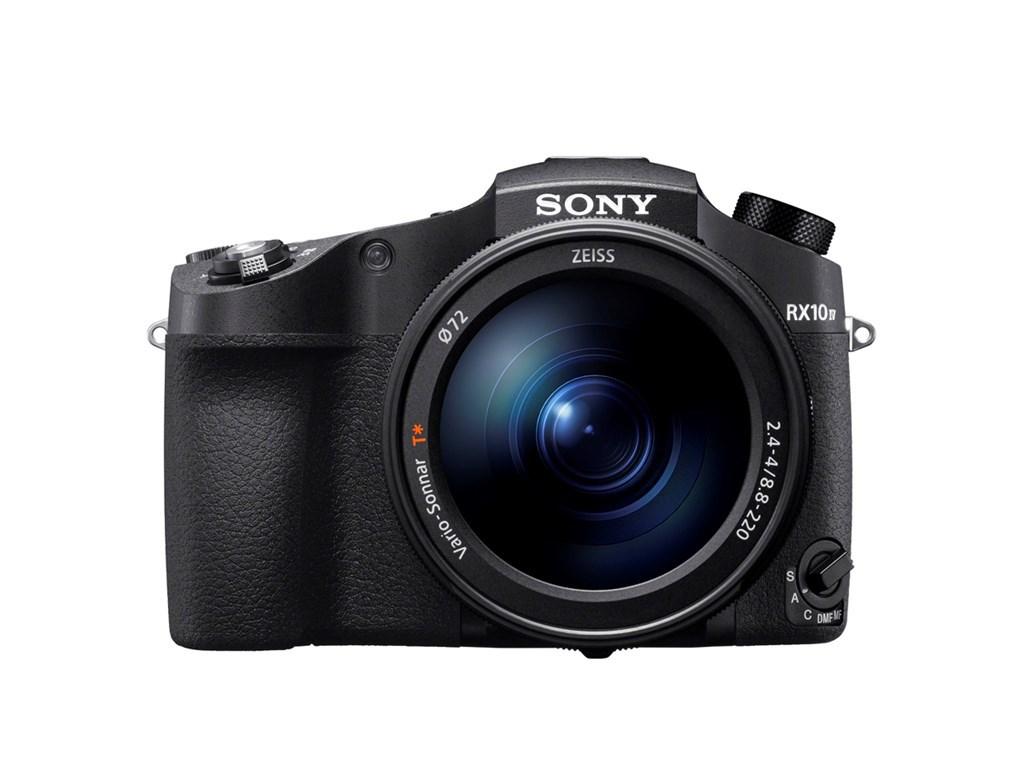


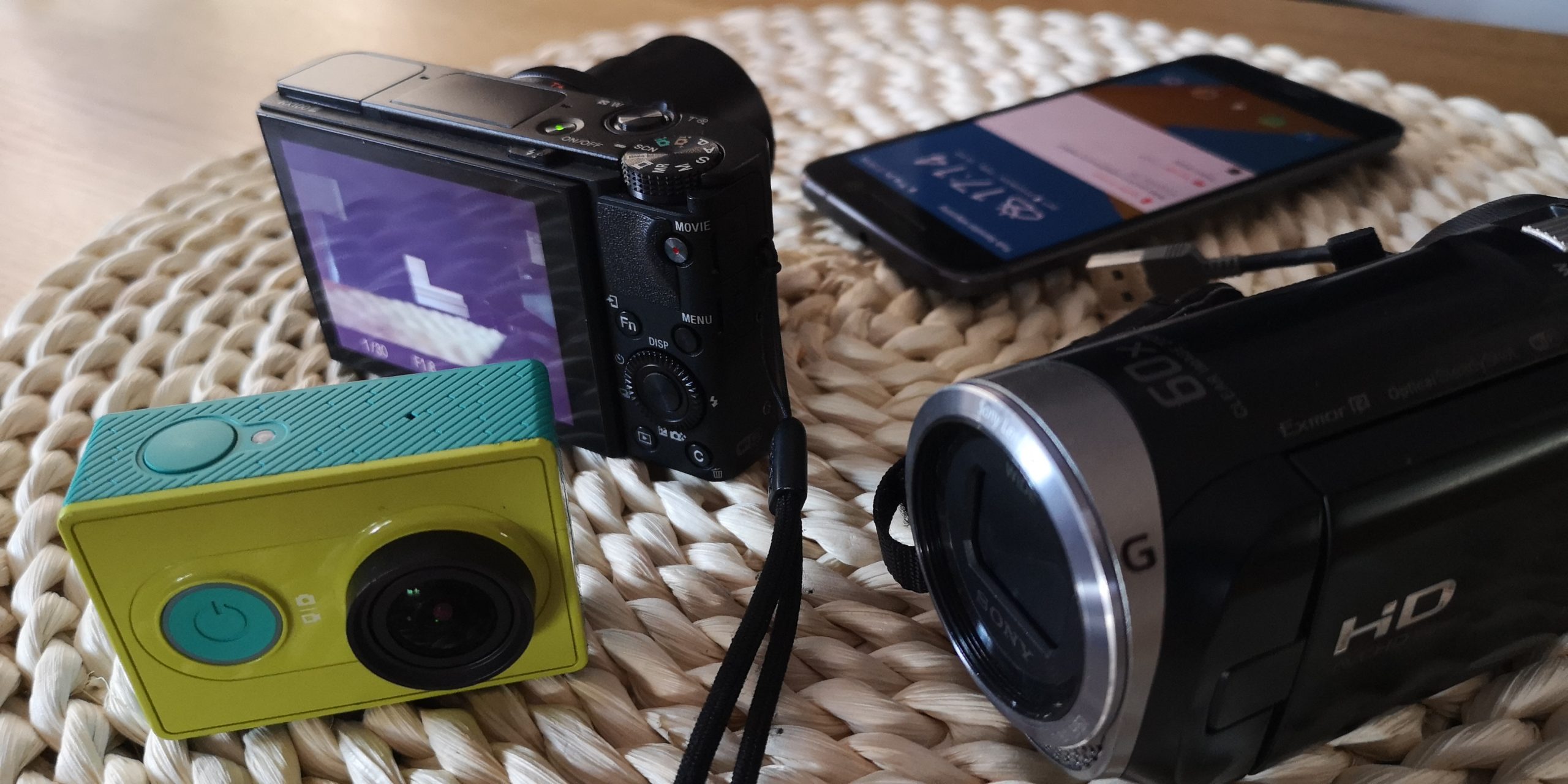
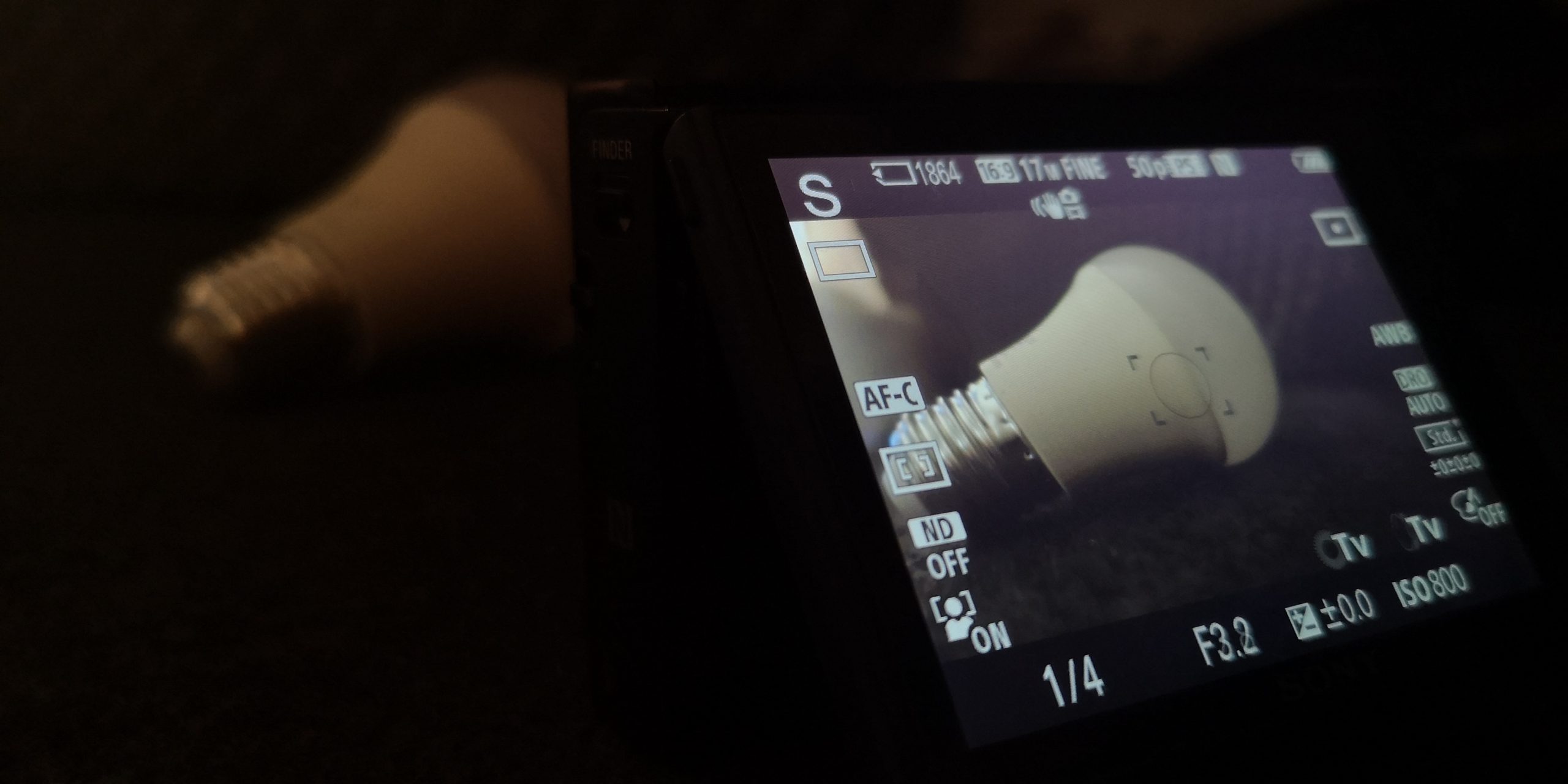
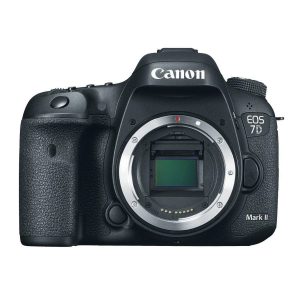
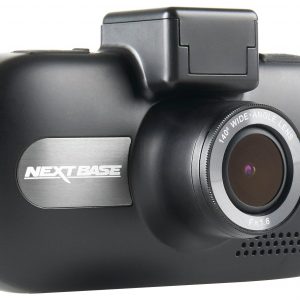

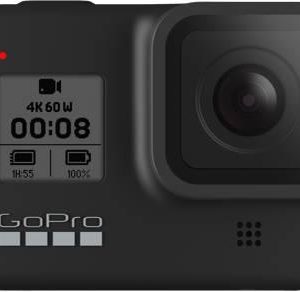
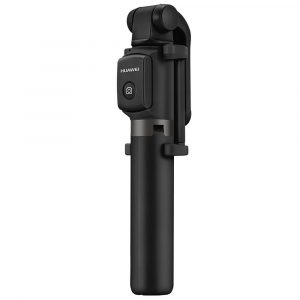
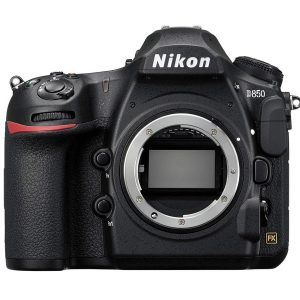
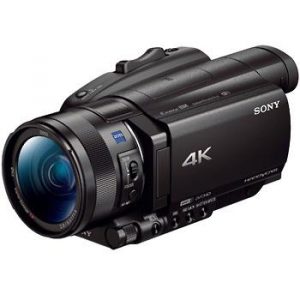
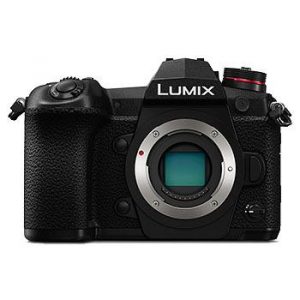
Mustache –
I have been the owner of this camera for only a month. I am positively surprised by the quality of the images in the whole focal range. The camera quickly and efficiently catches and maintains focus on a moving object. Catching a bird in flight is not a problem. I think that in many situations it can replace an SLR. Pictures taken at ISO 1600 are still of good quality. The disadvantage of the camera is quite a lot of weight and balance, but it’s still much less than a SLR with a set of lenses. Another disadvantage is the menu is quite complicated. Similar settings are scattered in various illogical places, but you can program your own menu, so the problem is only at the beginning of operation. The disadvantage I took one star for is that if we want to record movies at 30/60 frames per second, we need to switch the camera to the NTSC system, and this generates annoying warning messages every time we turn it on.
There is also no focus locking by short pressing one of the programmable buttons. A similar function is but the button must be kept all the time.
Despite these drawbacks, I am very happy with the camera
Kali –
The camera is big, heavy and stable. Basic settings for “non-thematic” modes are at hand (the aperture in the handy lens, as opposed to version III, on the lens as it used to be). The exposure adjustment in the knob at the top of the body, soft does not allow its use in themed modes. Takes very good pictures – I write about the interaction of the lens, matrix and software. Autofocus, in fact, lightning in most cases, is lost in the clouds, at sunset and in macro. But you can easily go into the manual and turning the ring on the lens, previewing the ribbon and centimeter auxiliary focus display in a great viewfinder to focus. Similarly, the focal length shown as a graph and a number in mm. It boasts.
The options and settings options for the average user are 10 times too many, but fortunately very good photos come out somehow alone. You just have to remember when making the series that this series is 120 frames per second. You take pictures with pleasure, enjoy the effects on a large monitor. The screen needs getting used, which is only rotatable up / down and moved away from the camera, and its “glass” is always on the back. For a macro, the pivot joint is more practical. Common sense orders you to buy a protective glass right away
Alexis –
I recently got my hands on the Sony Cyber-shot DSC-RX10 IV and I must say, it didn’t really live up to my expectations. While it boasts a powerful Yes Auto Focus feature, the overall performance was quite disappointing.
The 3.0 Display Size was decent but it didn’t really make up for the camera’s lackluster performance. I found the controls to be quite difficult to navigate and the battery life to be pretty mediocre.
Compared to other popular digital cameras on the market, such as the Canon EOS R and the Fujifilm X-T4, the Sony Cyber-shot DSC-RX10 IV falls short in terms of features and overall user experience.
Overall, I would rate the Sony Cyber-shot DSC-RX10 IV a 2 out of 5 stars. While it does have some decent features, the subpar performance and difficult controls make it a hard sell for me.
Alexander –
I recently purchased the Sony Cyber-shot DSC-RX10 IV in July and I must say, I am thoroughly impressed with its features and performance. This is a camera that deserves a 5 out of 5 rating.
One of the standout features of this camera is its 1 Sensor Format, which allows for high-quality images that are sharp, detailed, and vibrant. The sensor is also able to capture great low light shots with minimal noise. The Image Stabilization feature is also a game-changer, giving me the ability to take steady shots without the need for a tripod.
I have owned other digital cameras in the past, including the Canon EOS 5D Mark IV and the Nikon D850, but the Sony Cyber-shot DSC-RX10 IV outperforms them both in terms of color reproduction, focusing speed, and overall image quality. Its 24-600mm lens offers great versatility, allowing me to capture a wide range of shots, from close-ups of wildlife to faraway landscape shots.
I had no problems with the delivery of the camera, as it arrived promptly and in perfect condition. I am grateful for the opportunity to experience the beauty of Colorado Springs and all it has to offer through the lens of such an amazing camera. I would highly recommend the Sony Cyber-shot DSC-RX10 IV to anyone looking for a top-performing digital camera that offers both versatility and quality.